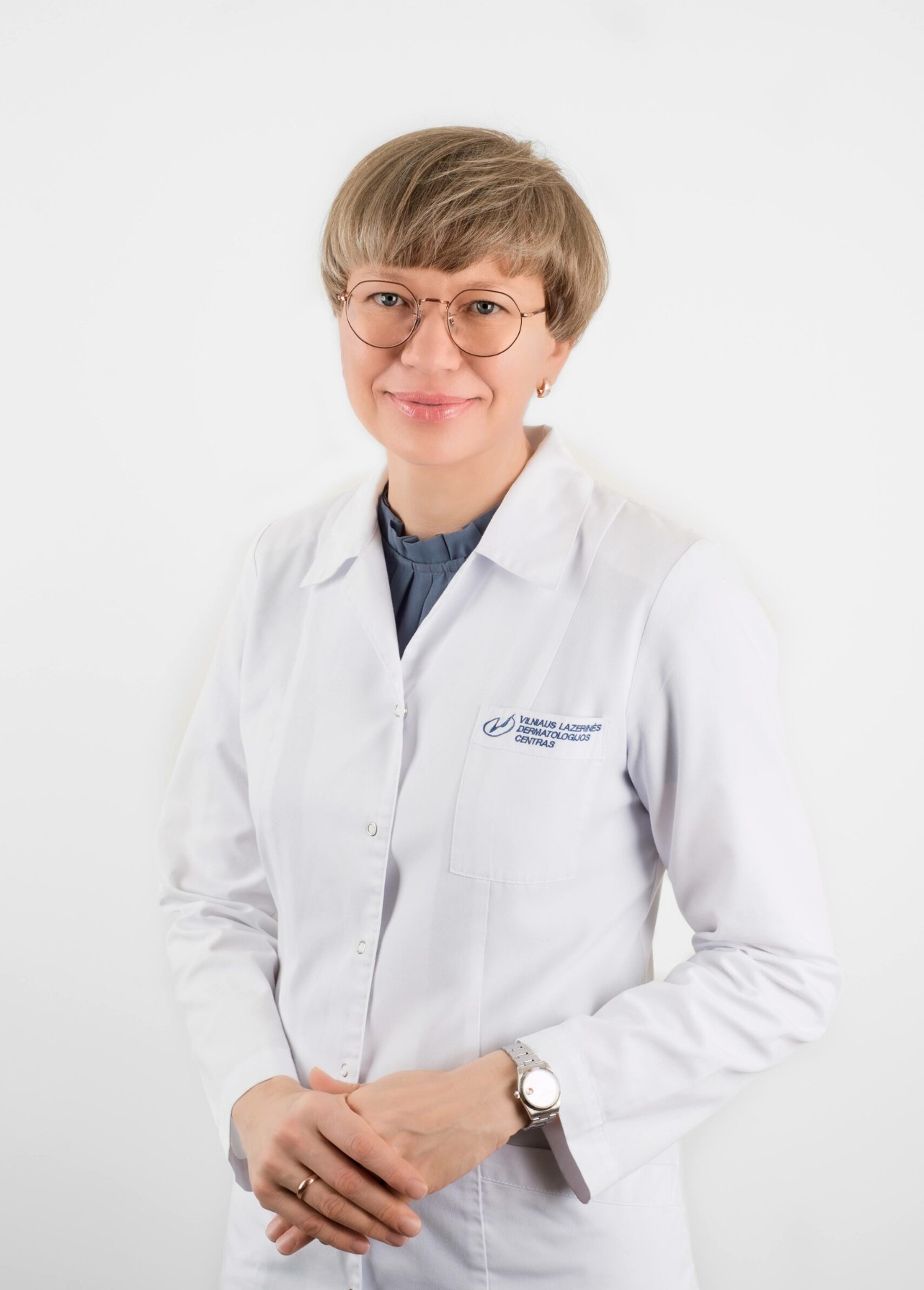A culture is a method of testing for nail fungus where a small part of the nail is cut from the affected nail and the fungal spores and mycelia are examined in the laboratory on special media and, if necessary, the fungus is grown. If fungal spores or mycelia are detected, the diagnosis of the fungus is confirmed, but the species is not identified and a culture must be carried out for this purpose. For an accurate answer to the test, antifungal ointments, varnishes or other products must not be used for at least 3 weeks before the test.
Why do I need a nail fungus culture?
Nail fungus infections can be difficult to cure, and the fungus usually does not disappear without properly selected antifungal treatment. The best treatment for nail fungus infection, however, is prescription oral antifungal medication. In more severe cases, the doctor may decide to remove the nail completely.
It can take several months and sometimes years to cure a nail fungus. Therefore, the best way to treat this infection is to carry out a nail fungus culture to determine the type of fungus and its sensitivity to antibiotics. Culture is essential for prescribing medical treatment, as rare forms of the fungus are becoming more common and resistance to commonly prescribed drugs is increasingly being detected. Fungi can be of many different types. The main group of fungi that cause nail fungus infections are dermatophytes, which account for up to 90% of all infections detected.
Although a medical examination is usually sufficient to identify a fungus, if there is any doubt, a microscopic or culture examination is recommended. The microscopic examination shows whether a fungus is present, while the culture test identifies the type of fungus. The microscopic test gives an answer within a week, whereas the culture may take a month. The culture test may not be performed if the nail fungus infection is to be treated with medicated creams, varnishes or laser treatment.
What is the most effective treatment for toenail fungus?
The specialist must take into account many factors before deciding on the most appropriate treatment plan, as the most effective treatment for toenail fungus is highly dependent on the existing symptoms, the progress of the disease and the patient’s state of health, whether the patient tolerates the medication well, is not allergic to the antibiotics etc. Of course, oral antifungal drugs have the highest likelihood of treatment success, and combining oral drugs with topical antifungal drugs or laser treatments can make toenail fungus treatment even more effective.
A culture test is available at the Laser Dermatology Centre.





